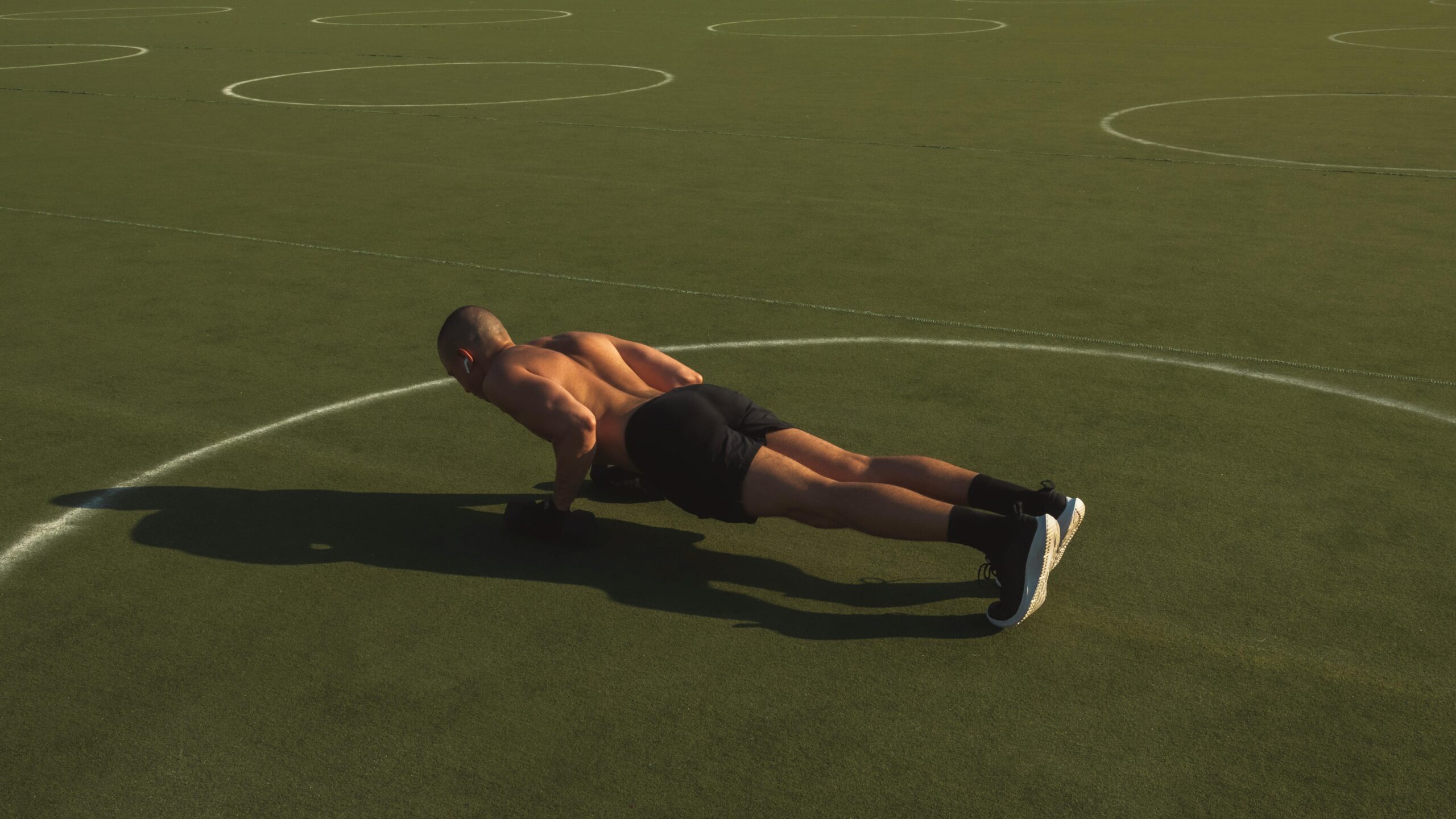Understanding the New Jersey Universal Health Form
The New Jersey universal health form plays a vital role in the coordination of health and education services across the state. As more schools and healthcare providers require standardized documentation, this form has become an essential part of student registration and child healthcare planning. This comprehensive guide explains the details, applications, and benefits of the universal health form in New Jersey.

Understanding the Fundamentals
The New Jersey universal health form is a standardized document used primarily to record a child’s medical history, vaccinations, and developmental status. It is widely accepted by schools, daycare centers, and healthcare providers across the state. Introduced to streamline health record submissions, this form has significantly reduced redundancy and confusion during enrollment and check-ups.
At its core, this form ensures consistency in the information being exchanged between parents, schools, and healthcare professionals. In real-world terms, think of it as a passport for your child’s medical data—valid everywhere within the state’s systems.
1.1 Purpose and Scope
This form serves multiple purposes including proof of immunization, assessment of physical and developmental health, and documentation of medical care. For example, during school enrollment or camp registration, administrators often require this single form to confirm a child’s health status. A 2022 survey showed that over 90% of New Jersey’s schools accept the universal health form, highlighting its widespread usage.
Its value lies in how it simplifies processes for parents and providers alike, allowing everyone to operate on the same page—literally and figuratively. However, some may mistakenly think it’s optional, when in fact it’s mandatory in most educational institutions.
1.2 Consistency Across Institutions
Unlike other states that use varying forms based on district or school policy, New Jersey provides a unified document. This makes it easier for pediatricians and parents to comply with requirements. Compared to local district forms, the universal format minimizes errors and miscommunication.
In practice, this means if you move from one part of the state to another, the same form will be valid for new school registrations, saving you from repeat visits and paperwork.
Practical Implementation Guide
Now that you understand the basics, it’s time to explore how to implement the New Jersey universal health form effectively. Whether you’re a parent, school official, or healthcare provider, having a plan makes compliance easier and faster.

2.1 Actionable Steps
- Download the Form: Obtain the most recent version from your healthcare provider or local health department.
- Schedule a Physical: Make an appointment with your child’s pediatrician to complete the required assessments and vaccinations.
- Submission: Submit the completed form to your child’s school, daycare, or camp within the requested timeframe—usually 30 to 60 days before start date.
2.2 Overcoming Challenges
Some common hurdles include:
- Last-minute appointments
- Incomplete immunization records
- Unclear school deadlines
To solve these issues, plan ahead. Schedule appointments early and double-check form sections for completeness. Watch for red flags like missing signatures or dates.
Experts recommend keeping a digital and paper copy of the form. Also, consider setting reminders for annual updates to avoid last-minute scrambles.
Advanced Applications
For those managing health records on a larger scale—like school administrators or health program coordinators—there are more advanced ways to leverage the New Jersey universal health form. These methods focus on integration with electronic health systems and automated compliance tracking.

3.1 Digital Record Integration
Many school districts are now digitizing health forms for quick access and secure storage. For instance, using platforms like PowerSchool or Genesis SIS, administrators can upload scanned versions of these forms to student profiles. This helps in faster data retrieval and reduces the risk of lost documentation. Some districts have reported a 30% improvement in response time for health record verification after adopting digital integration.
3.2 Compatibility With Health Software
Advanced pediatric offices integrate the universal form into their EMRs (Electronic Medical Records), allowing auto-fill options and validation checks. When compatibility is ensured, it minimizes manual input and ensures data accuracy. Schools with compatible student information systems also benefit from seamless communication with healthcare providers.
Future Outlook
The future of the New Jersey universal health form looks promising with trends leaning toward full digital adoption and integration with state-wide health databases. The form may soon include QR codes or digital signatures for real-time verification, especially in urban districts.
In the next 3-5 years, we can expect automated alerts for form expiration, immunization updates, and policy changes. Parents and providers should stay informed and embrace digital literacy to navigate these evolving systems effectively.
Conclusion
In summary, the New Jersey universal health form is:
- A critical tool for child healthcare documentation
- Widely accepted across the state’s institutions
- Helpful in simplifying and standardizing health records
It offers unmatched convenience and peace of mind for families, schools, and healthcare providers.
If you haven’t yet completed this form for your child, now is the time. Prepare early, consult your pediatrician, and keep copies for future use. Being proactive will save you time and stress down the road.
Frequently Asked Questions
- Q: What is the New Jersey universal health form? It’s a standardized document used to record a child’s medical history, immunizations, and physical health details.
- Q: How do I get started with the form? Download it from your healthcare provider or health department, then schedule a check-up with your pediatrician.
- Q: How long does it take to complete the form? Most physical exams take under an hour. Include an additional day for lab results or immunization updates.
- Q: Does it cost anything to complete? Pediatric visits may be covered by insurance. If not, prices range from $75 to $150 depending on services required.
- Q: How does it compare to local district forms? Unlike district-specific forms, the universal form is accepted statewide, offering greater consistency.
- Q: Is it difficult to complete? Not at all. Most pediatricians are familiar with it and will fill it out during a routine check-up.
- Q: How is it used in schools or camps? It serves as official proof of health compliance and is used to verify immunization and physical fitness records.
